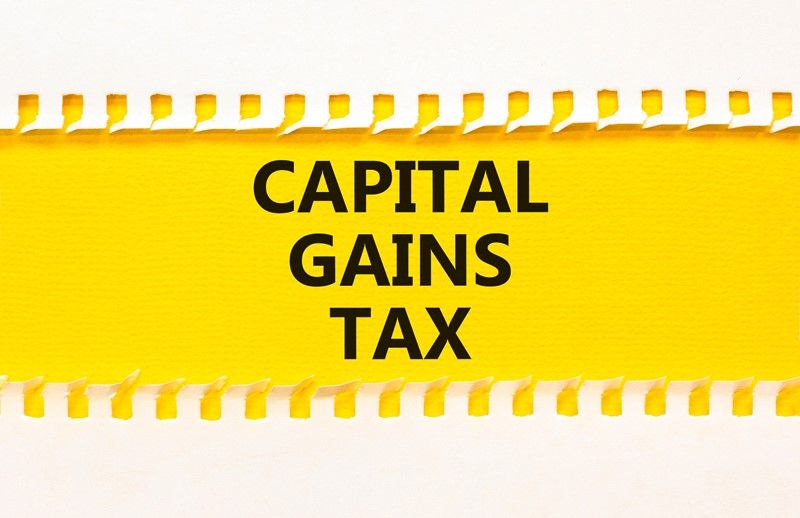Facing change with confidence
Change is part of every business journey. Whether it is prompted by new technology, regulation or shifts in the market, the ability to adapt determines how well a business performs in the long term. Yet managing change is not simply about introducing something new. It is about understanding what needs to change, why it matters and how to make the transition smoothly while keeping your team and clients on side.
The most successful businesses approach change as a structured process. It begins with recognising the need for change. This might come from declining profits, new reporting requirements, or a drive for greater efficiency. Once the need is clear, the next step is to define what the future should look like and what success will mean in measurable terms. For instance, a firm may aim to automate routine tasks, improve cash flow management or expand into new markets.
Good planning follows. This includes identifying resources, setting timelines, assigning responsibilities and communicating openly with everyone involved. People need to understand what is happening, when it will happen and what it means for them. Regular updates, clear information and honest answers help to reduce anxiety and build commitment.
Implementation is where plans become action. Training, testing and feedback are all essential at this stage. It is important to remain flexible and to make adjustments as issues arise. Small, visible wins also help to maintain motivation and demonstrate that progress is being made.
Once changes are in place, they need to be sustained. This means updating policies, embedding new processes into everyday work and making sure that improvements are monitored. Without ongoing attention, even successful changes can fade away over time.
Every change, whether large or small, brings both challenges and opportunities. The process can seem daunting, but a clear plan and the right guidance make a real difference. The aim is to move forward with confidence, maintaining control and ensuring that the change strengthens the business rather than disrupts it.
If you are facing a change process, whatever that might be, then pick up the phone. We can help you plan and meet your challenges.




